
Jack Palance and Shelley Winters
Bosley Crowther in his 1955 NY Times review
called Shelly Winters and Jean Hagen "two addlepated tramps"
Bosley Crowther in his 1955 NY Times review
called Shelly Winters and Jean Hagen "two addlepated tramps"
 Jack Palance plays Charlie, a successful leading man who cheats on his wife played by Ida Lupino. It's time for him to renew his contract, and he wants out of the nilhilistic atmosphere of making movies in Hollywood. He has alot of angst. Rod Steiger plays the studio boss who doesn't want to lose his money maker, and blackmails Charlie by threatening to expose Charlie's tawdry deeds.
Jack Palance plays Charlie, a successful leading man who cheats on his wife played by Ida Lupino. It's time for him to renew his contract, and he wants out of the nilhilistic atmosphere of making movies in Hollywood. He has alot of angst. Rod Steiger plays the studio boss who doesn't want to lose his money maker, and blackmails Charlie by threatening to expose Charlie's tawdry deeds. The whole film was mainly shot on one set, a wonderful modern living room set. Since they had to shoot so fast, William Glagslow made all the walls able to be moved and removed, so the camera set ups could change rapidly. Since the living room is on camera so long, you really get to study this iconic and fabulous mid century modern decor.
The whole film was mainly shot on one set, a wonderful modern living room set. Since they had to shoot so fast, William Glagslow made all the walls able to be moved and removed, so the camera set ups could change rapidly. Since the living room is on camera so long, you really get to study this iconic and fabulous mid century modern decor. As usual, there are few images of this fabulous set, which of course plays another character. All the trappings of Charlie's success are represented in this house. In fact, when he refuses to sign his new contract, the studio boss has a tantrum and a tirade telling Charlie he will lose everything, including his posh house and furnishings and all the paintings, everything taken away down to the bare walls.
As usual, there are few images of this fabulous set, which of course plays another character. All the trappings of Charlie's success are represented in this house. In fact, when he refuses to sign his new contract, the studio boss has a tantrum and a tirade telling Charlie he will lose everything, including his posh house and furnishings and all the paintings, everything taken away down to the bare walls. So I have gathered a few images to show you some similar things in the set design. If anyone out there has any images of the set, perhaps you'd be good enough to share them.
So I have gathered a few images to show you some similar things in the set design. If anyone out there has any images of the set, perhaps you'd be good enough to share them.One piece of furniture that prominently played, was a double side couch, a kind of mid century modern Tete a Tete. In fact it was featured in one of the movie posters.
I couldn't find an example of anything like the one in the movie, but I found a few other interesting examples.
Below: Knoll Tete a Tete


Mid 19th Century Tete A Tete
 There was also a second couch in the set design
There was also a second couch in the set designA strange homey check print
There was a wonderful harlequin accent wall in the movie, something like this one from a vintage decorating book.

There was a sunken bar. In case some of you have never seen one, I found this image from a present day home for sale in Tennessee.

Charlie loved his painting collection, and was very proud of it. In fact he talked to a clown painting quite alot, spilling his guts out to it. It looked very much like this Georges Rouault painting.

There were a ton of great accessories in the set design. Over size lamps, a Buddha, an antique Chinese Horse, all the accoutrement's and trappings of the new Hollywood class of wealthy movie people trying on the veneer of sophisticated acquisition.


The movie has the pace of a play, and at times it gets overwrought and a little shrill. This was the time of The Black List, so it makes sense that fear and loathing play so prominently in this dark interpretation of Hollywood in 1955.
I hope you can catch it, and I hope you enjoy the set set design as much as I did.
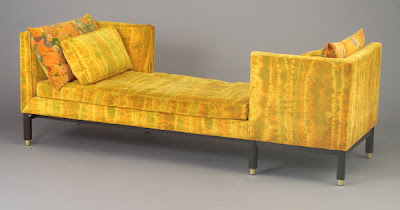


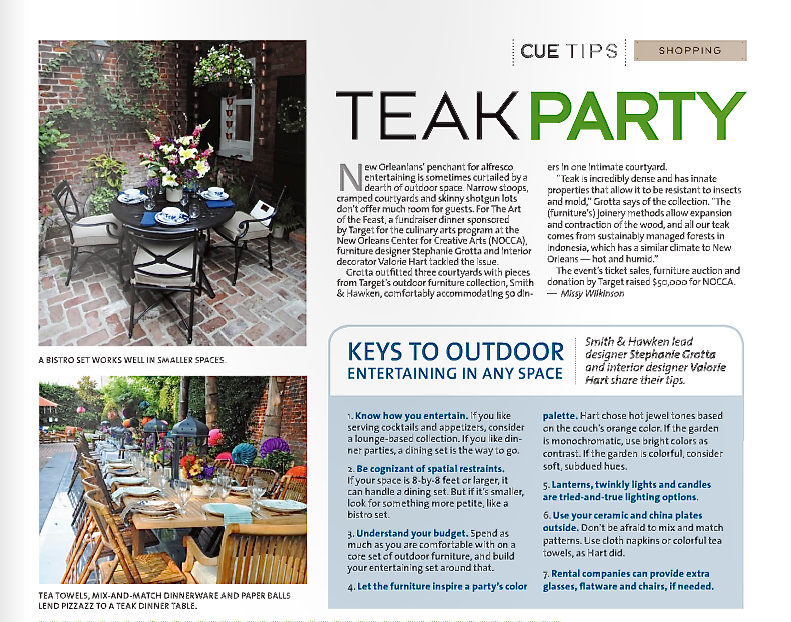




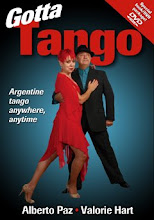
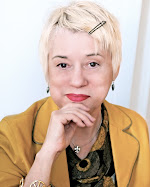
























































































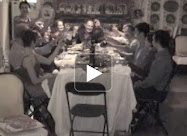
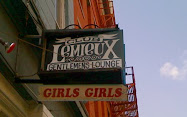

















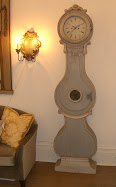.jpg)









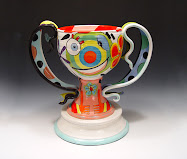
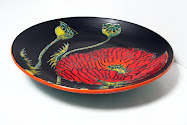

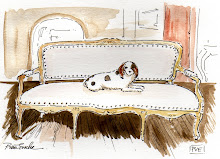



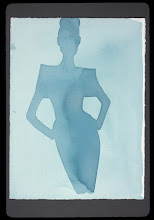

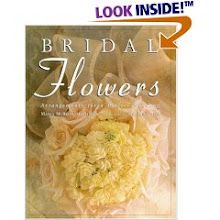
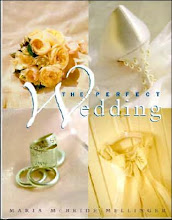


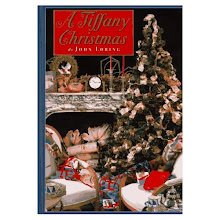
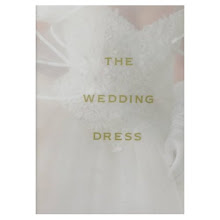
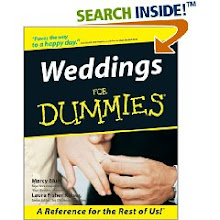


2 comments:
I saw that movie....very strange...
Yes it is strange isn't it!
I stayed with it because of the decor!
Jack Palance has such a difficult look. Sometimes Patrick Swayze reminds me of Jack Palance - I always th0ought if they did a bio-pick about Palance, Patrick would be perfect casting.
But I did love seeing Jean Hagen and Shelly Winters as tarts, and I have always loved Ida Lupino both as an actress and as one of the first women directors in Hollywood.
Post a Comment